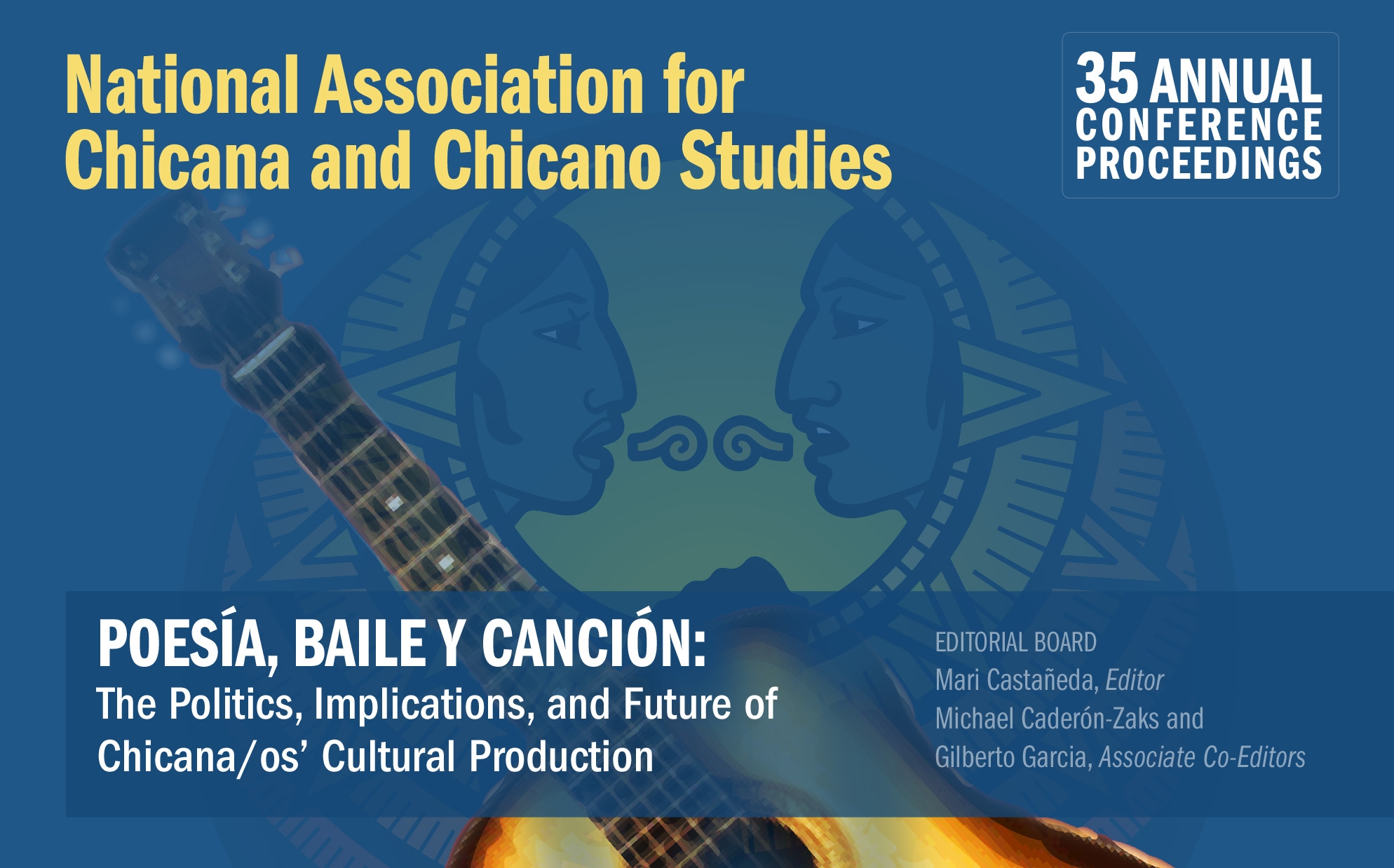Location
2008 NACCS Conference: Chicana Plenary Speaker
Abstract:
The concern with space, location, place, and geographic site has received heightened attention from artists and theorists from the 1960s onward. For critics and creators engaged with these concepts, the analysis of the interaction between of the processes of spatialization, identity formation, and memory has emerged as an important aspect of critical discourse. Lucy Lippard defines space as a physical site, understood as landscape or nature, while place implies intimacy, a familiarity with a certain geographic location. For Lippard, human interaction and, most importantly, the infusion of memory into space or a geographic site produces place. Michel de Certeau proposes that everyday practices create a text or unseen pathway in the physical nvironment. People transform space into place through interaction in their daily lived locale. Contemporary Chicana photographers Laura Aguilar, Kathy Vargas, and Delilah Montoya have produced extensive bodies of work during the past four decades that investigate the body, land, memory, and the issues of identity formation in relationship to location. The essay considers each artist in turn and first provides a general overview of each photographer’s art production. The essay then uses Lippard and Certeau’s concepts of space and place to analyze selected images from Aguilar’s Stillness (1999), Motion (1999), and Center (2001), Vargas’ My Alamo (1995), and Delilah Montoya’s Sed: The Trail of Thirst (2004). The work excavates the multiple meanings of the locations and bodies portrayed in these works, and demonstrates how the depiction of geographic space in these artists’ work becomes an intimate, personal site where the construction of places and identities occur.
Included in
Chicana/o Studies Commons, Ethnic Studies Commons, Gender, Race, Sexuality, and Ethnicity in Communication Commons, Other Film and Media Studies Commons, Race and Ethnicity Commons
Chicana Photography: The Power of Place
2008 NACCS Conference: Chicana Plenary Speaker
Abstract:
The concern with space, location, place, and geographic site has received heightened attention from artists and theorists from the 1960s onward. For critics and creators engaged with these concepts, the analysis of the interaction between of the processes of spatialization, identity formation, and memory has emerged as an important aspect of critical discourse. Lucy Lippard defines space as a physical site, understood as landscape or nature, while place implies intimacy, a familiarity with a certain geographic location. For Lippard, human interaction and, most importantly, the infusion of memory into space or a geographic site produces place. Michel de Certeau proposes that everyday practices create a text or unseen pathway in the physical nvironment. People transform space into place through interaction in their daily lived locale. Contemporary Chicana photographers Laura Aguilar, Kathy Vargas, and Delilah Montoya have produced extensive bodies of work during the past four decades that investigate the body, land, memory, and the issues of identity formation in relationship to location. The essay considers each artist in turn and first provides a general overview of each photographer’s art production. The essay then uses Lippard and Certeau’s concepts of space and place to analyze selected images from Aguilar’s Stillness (1999), Motion (1999), and Center (2001), Vargas’ My Alamo (1995), and Delilah Montoya’s Sed: The Trail of Thirst (2004). The work excavates the multiple meanings of the locations and bodies portrayed in these works, and demonstrates how the depiction of geographic space in these artists’ work becomes an intimate, personal site where the construction of places and identities occur.

